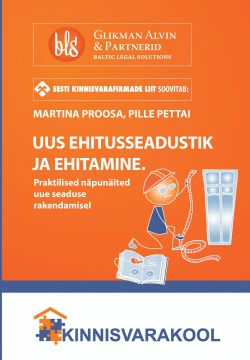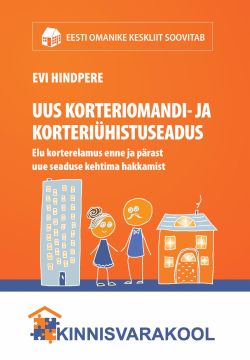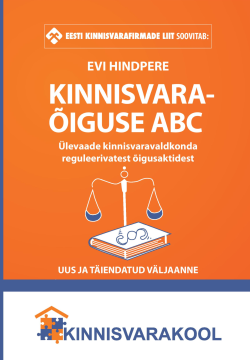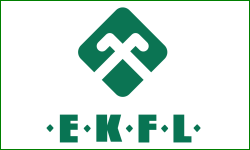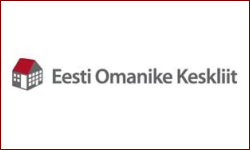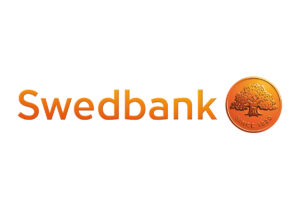 Manufacturing weakness is spilling over to the rest of the economy
Manufacturing weakness is spilling over to the rest of the economy- Core inflation finally starts dropping
- ECB hiking is done, cuts on the horizon
In Europe, disappointing data continued pouring throughout the summer and into the fourth quarter. Manufacturing continued to be a drag on growth throughout the year. New orders have been plunging for a while, and output was held up by large backlogs of unfulfilled orders; nevertheless, purchasing managers’ index (PMI) surveys indicate that companies’ stock of orders is declining, and inventories are being run down. Although the pace of contraction in manufacturing is decelerating somewhat, global demand is weak, and recovery is not yet in the cards.
Services activity indicators also weakened substantially in the third quarter. Admittedly, there seems to be a new post-pandemic seasonal pattern emerging that overstates the strength of services in spring and understates it in autumn. Nonetheless, the current level of PMI and other data available is pointing to a -0.2% (q/q) GDP contraction in the third quarter
The labour market remains a bright spot of the European economy. The unemployment rate holds at an all-time low of 6.4%. In addition, due to the combination of retreating inflation and slightly accelerated wage growth, purchasing power stopped falling in the second quarter. Likely, real wages resumed expanding in the third quarter. Strong employment and better real income trends should boost household consumption over the coming quarters.




